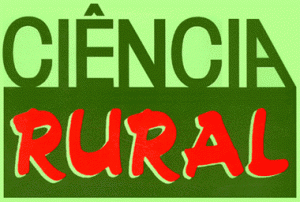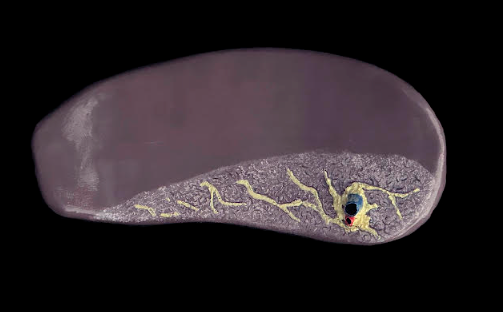Maria Luiza De Grandi, Journalist, Ciência Rural, Santa Maria RS, Brazil.
Luciano de Morais Pinto, Teacher, Universidade Federal de Santa Maria (UFSM). Santa Maria, RS, Brasil
 A residue that normally causes environmental problems is becoming an alternative inside classrooms. Researchers from Universidade Federal de Santa Maria (UFSM), in partnership with Universidade de São Paulo (USP), developed anatomical models from discarded Styrofoam, offering an ecological, accessible, and innovative tool for teaching comparative anatomy.
A residue that normally causes environmental problems is becoming an alternative inside classrooms. Researchers from Universidade Federal de Santa Maria (UFSM), in partnership with Universidade de São Paulo (USP), developed anatomical models from discarded Styrofoam, offering an ecological, accessible, and innovative tool for teaching comparative anatomy.
The research Anatomical models manufactured with Styrofoam waste as a low-cost ecological tool for practical teaching of comparative anatomy published in the journal Ciência Rural (vol. 55, no. 3, 2025), arose from the need to overcome common challenges in teaching this subject: the scarcity of cadavers for study, the health risks posed by chemical reagents traditionally used in the preservation of biological specimens, and the ethical issues surrounding the euthanasia of animals for educational purposes. “We analyzed an alternative raw material that was at the same time viable, sustainable, and low-cost. Styrofoam, although a major environmental problem when improperly discarded, proved to have the ideal texture and density for sculpting organs with a high level of detail,” explains the study’s supervising researcher, Luciano de Morais Pinto.
The process begins with the collection of Styrofoam waste donated by the community or gathered from industrial and household disposal. From properly prepared blocks, researchers sculpt organs using cutters and sanders, apply layers of paper with glue for reinforcement, and finish with resin and paint. The result is durable, colorful prototypes faithful to the original structures. In addition to reproducing life-size organs, the models can be enlarged. Naturally small structures, such as teeth and auditory ossicles, were produced at scales of 15:1 and 30:1, making it easier to visualize details that usually go unnoticed in practical classes.
The Styrofoam models proved to be durable, realistic, and much cheaper than traditional alternatives, such as injected resin pieces or 3D prints. This broadens the possibility of use in institutions with limited resources. “It is the first time that Styrofoam waste has been used as the main raw materials in the production of anatomical animal models. The innovation lies precisely in combining education, ethics, and sustainability,” emphasizes Professor Luciano.
The prototypes can already be used in veterinary medicine, biology, and related fields, especially in places where access to cadavers is restricted. They can also be used in museums, educational exhibitions, and environmental awareness programs. In addition, the research contributes to giving a useful destination to one of the most problematic residues for the environment. Although 100% recyclable, Styrofoam rarely enters recycling chains due to its low commercial value and the large volume it occupies in landfills.
Although the technique showed limitations in very complex structures, such as multilobed organs and bones with many indentations, the researchers state that adjustments may overcome these obstacles. The next step will be to test the pedagogical effectiveness of the prototypes directly with students in the classroom. “Transforming a pollutant into a teaching tool means giving new meaning to a residue that causes so many environmental problems,” summarizes the researcher. “Our proposal is to show that quality education and environmental responsibility can go hand in hand,” he concludes.
To read the article, access
ROBERTS, J.V.S., et al. Anatomical models manufactured with Styrofoam waste as a low-cost ecological tool for practical teaching of comparative anatomy. Ciência Rural [online]. 2025, vol. 55, no. 3, e20240282 [viewed 3 October 2025]. https://doi.org/10.1590/0103-8478cr20240282 Available from: https://www.scielo.br/j/cr/a/F36q5pC4kDJ6tQJ845Zwyvs/
External links
Ciência Rural – Social Media: X | Facebook | Instagram
Como citar este post [ISO 690/2010]:



















Recent Comments